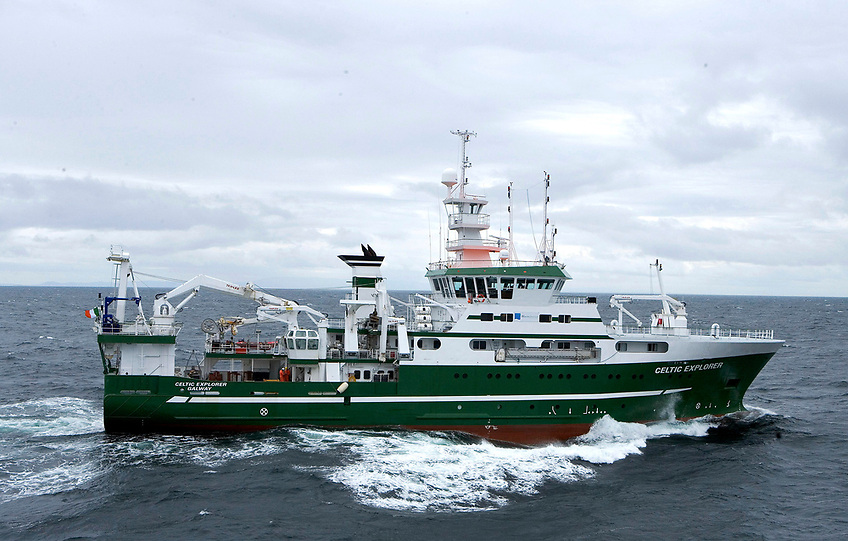Clare County Council, supported by An Garda Síochána, The Irish Coastguard and Irish Water Safety, has announced the installation of marker buoys delineating the speed limit for powered craft in the vicinity of Kilkee pier.
The buoys, which have been acquired from LCF Marine of Bere Island, are being installed on behalf of Clare County Council by The Irish Coastguard and Kilkee Sub Aqua Club.
The recently approved County Clare Beach Bye-Laws 2016 specify that operators of personal watercraft and fast power craft must observe a speed restriction of 6 knots from the water line to 300m seaward from all beaches and should not operate in the proximity of swimmers, except in the event of an emergency. Any vessel not observing the speed limit is liable to prosecution.
The installation of the marker buoys coincides with the commencement of full-time lifeguard cover during July and August at Kilkee and 8 other local Blue Flag Beaches, as well as at the Green Coast beaches of Bishops Quarter (Ballyvaughan) and Seafield (Quilty).
Clare McGrath, Clare Water Safety Development Officer is encouraging water users, particularly operators of power craft, to familiarise themselves with the newly introduced County Clare Beach Bye-Laws 2016.
“The Bye-Laws are aimed at ensuring that everyone who visits County Clare’s beaches can continue to enjoy themselves in an environment that protects their safety and the safety of those around them,” stated Ms. McGrath.
She continued, “To protect other water users, operators of boats and jet skis should obey speed limits when launching or retrieving their vessel. The Bye-Laws stipulate that users of personal watercraft or fast power craft should act in such a manner as not to cause annoyance to any person using a beach or swimming in the water or to disturb naturally occurring flora and fauna. Furthermore, people must wear correctly maintained and fitting lifejackets that are suitable for the activity and to ensure their craft is fit for purpose. Under no circumstances should alcohol be consumed prior to entering the water.”
The County Clare Beach Bye-Laws 2016 may be viewed at www.clarecoco.ie.
Full-time lifeguard cover is being provided daily during July and August from 11.00am to 7.00pm at Clare’s Blue Flag beaches in Spanish Point, Lahinch, Fanore, Whitestrand Doonbeg, Ballycuggeran, Mountshannon, Cappagh Pier, Kilkee and Whitestrand Miltown Malbay, as well as at Bishops Quarter (Ballyvaughan) and Seafield Quilty.






























































